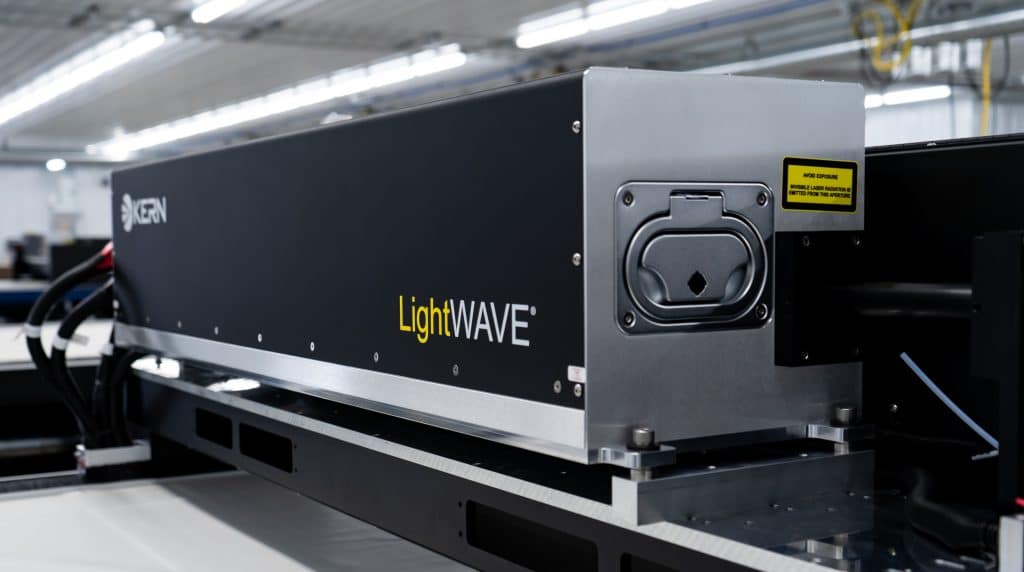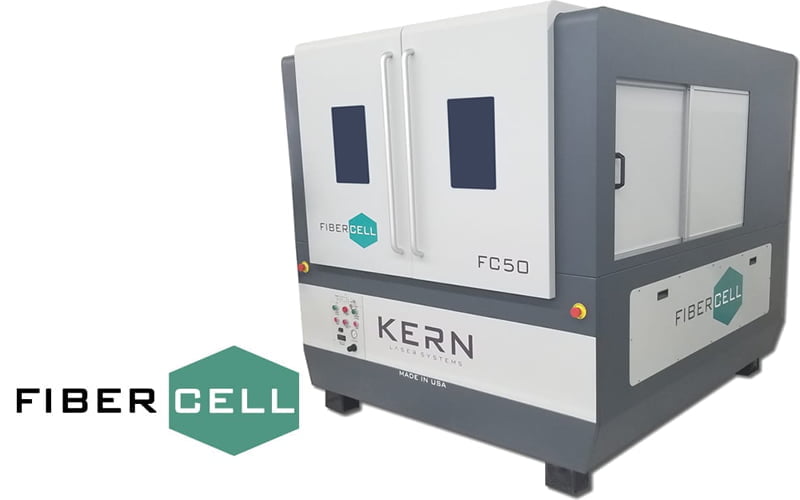Test Your Material
See And Feel The Precision Of Kern Lasers. Let's Process Your Material.
Kern offers two distinct types of laser technology; CO2 and fiber lasers. While both possess the ability to cut, and engrave a variety of materials with precision, the distinct attributes they encapsulate make them suitable for different tasks. This comprehensive guide dives deep into their distinct features, efficiency, and application domains.


See And Feel The Precision Of Kern Lasers. Let's Process Your Material.

Choosing between CO2 and fiber lasers hinges heavily on the specific applications and material compatibility. CO2 lasers claim superiority in versatility, excelling in processing a diverse range of materials, while fiber lasers are lauded for their precision, efficiency, and prowess in metal processing. Kern’s friendly sales team is happy to speak about your specific application and help determine the best possible laser solution for your application.